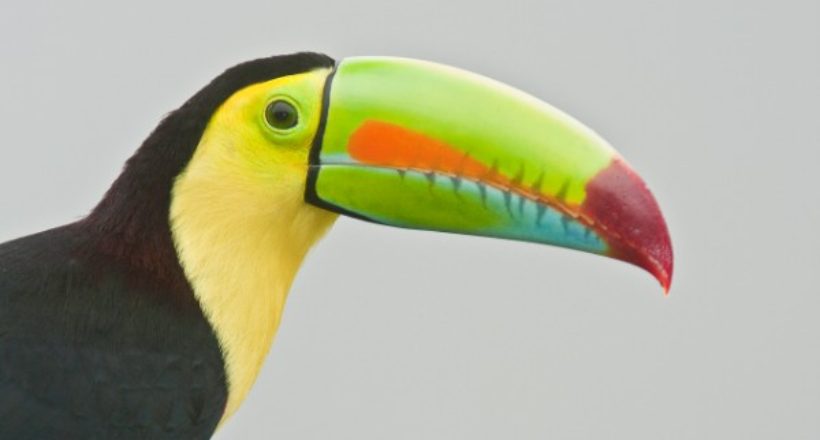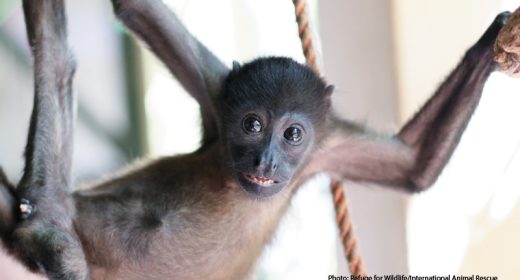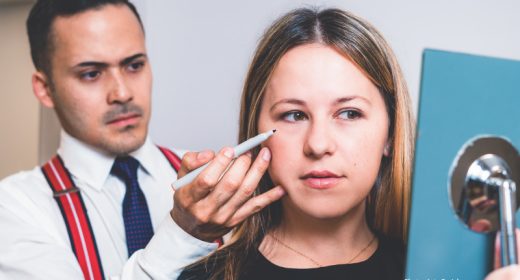
Photo Tips – Exposure Compensation
- MAR 03, 2017Warning: count(): Parameter must be an array or an object that implements Countable in /home/howlermag/public_html/old/wp-content/themes/new-paper/includes/general.php on line 193

Your Lead Paragrpah goes here
Modern cameras, even on our phones, are amazingly intelligent, but they don’t always get the exposure right. In Costa Rica, tricky lighting conditions are the norm, and getting that perfect shot of a monkey or macaw can prove difficult. What do you do if your camera isn’t getting the job done? Adjust your exposure compensation!
The light meters in cameras are calibrated to make everything a middle tone of brightness (think of a medium gray). If your scene is darker or lighter, your camera can easily be fooled. Exposure compensation is a quick way of telling your camera to make a picture brighter or darker than what it thinks. It works on any camera in Program, Aperture Priority, or Shutter Priority modes, and it’s even available as a camera control on most smartphones.
Exposure compensation (EC) is based on the principle of stops in photography. If you have 0 EC the brightness of the picture will be just as the camera recommends. An EC value of -1 will make your picture only half as bright. An EC value of +1 will make your picture twice as bright as the camera’s recommendation.


Next time you’re out shooting and face a tough situation, give exposure compensation a try. You just might nail that vacation shot of a lifetime!









